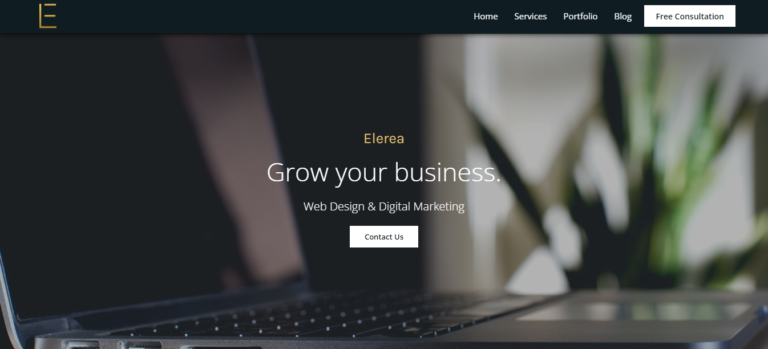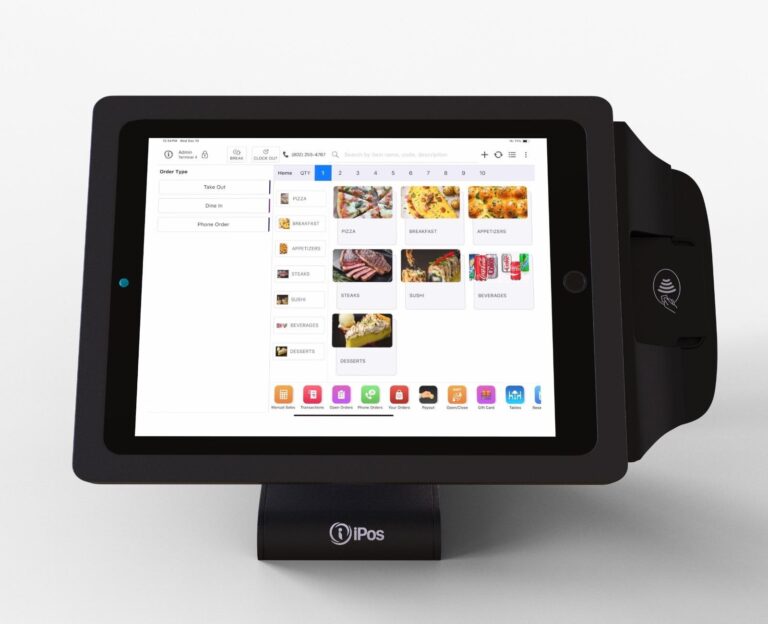The Economic Impact of Prefabricated Homes
Prefabricated homes, commonly known as prefab homes, are a modern housing solution where sections of the house are built off-site in a factory and then assembled on the home site. This method includes various styles like foldable, expandable, and container homes, designed for efficiency and adaptability.
Cost Efficiency of Prefabricated Homes
Prefabricated homes significantly reduce construction costs compared to traditional homes. Building in a factory setting allows for bulk purchasing of materials and more efficient labor use. This streamlined process minimizes waste and maximizes productivity, resulting in lower costs for materials and labor.
Economies of Scale in Prefab Home Production
Prefab homes benefit from economies of scale, meaning that as more homes are produced, the cost per unit decreases. Standardized designs and efficient production processes allow manufacturers to build homes quickly and cheaply, passing on savings to consumers.
Faster Construction Timeline
One of the most compelling advantages of expandable prefab homes is the drastically reduced construction timeline. Traditional homes can take many months or even years to complete, while prefab homes can be ready in a fraction of that time. Often, the home is built in the factory while the site is being prepared, and assembly on-site can take just a few days.
Impact on Project Financing
The expedited construction timeline directly affects financing costs. With quicker completion, homeowners and developers spend less on interim financing and interest payments, leading to significant savings and enhancing the overall return on investment.
Energy Efficiency Benefits
Prefab homes are often designed with energy efficiency in mind. Features like advanced insulation, energy-efficient windows, and sustainable materials help reduce energy consumption, leading to lower utility bills over time.
Lower Maintenance Costs
The controlled factory construction of prefab homes ensures high quality and durability, which translates to lower maintenance costs. Using durable materials and precise assembly techniques means fewer repairs and less upkeep, saving homeowners money in the long run.
Job Creation in the Prefab Industry
The growth of the prefab housing industry creates numerous job opportunities in manufacturing plants, ranging from skilled labor positions in assembly and production to roles in administration and logistics. The industry also supports related businesses, such as suppliers of building materials and transportation services.
Economic Boost to Local Communities
Prefab home manufacturing facilities can boost local economies significantly by providing jobs, stimulating local businesses, and attracting investment, contributing to the growth and development of surrounding communities.
Addressing the Affordable Housing Crisis
Prefabricated homes offer a practical solution to the affordable housing crisis. Their lower construction costs and quicker build times make them more accessible to first-time buyers and low-income families, helping to bridge the affordability gap.
Financing Options and Incentives
Various financing options are available for prefab homes, including traditional mortgages and specialized loans. Additionally, government incentives and subsidies aimed at promoting sustainable and affordable housing can further reduce financial barriers for buyers.
Environmental and Economic Synergy
Many prefab homes companies like PackPrefab Homes sustainable building practices, using recycled materials and reducing construction waste. These practices not only benefit the environment but also lead to economic savings through lower material costs and waste disposal fees. The reduced environmental impact of prefab homes translates into economic benefits. Lower CO2 emissions and minimized waste reduce environmental compliance costs and potential penalties, contributing to the overall economic advantage of prefab housing.
Real-World Examples and Future Outlook
Numerous successful prefab home projects worldwide highlight their economic benefits. For example, a community of prefab homes in California was completed in half the time and at a fraction of the cost of traditional homes, providing affordable housing for hundreds of families. Comparative analysis shows that prefab homes consistently outperform traditional housing in cost efficiency, construction time, and sustainability, providing compelling evidence of their economic advantages.
Despite their benefits, prefab homes face challenges such as initial investment costs and market perception. Educating consumers and stakeholders about the long-term savings and benefits of prefab homes is essential to overcoming these barriers. Regulatory and zoning issues can also impact the economic benefits of prefab homes. Navigating these challenges requires collaboration with local authorities to ensure that prefab homes meet all legal requirements and standards.
Conclusion
In conclusion, prefabricated homes represent a transformative approach to modern housing, offering unique economic advantages that address many of the challenges faced by traditional construction methods. As awareness and adoption grow, the economic impact of prefab homes will continue to be a driving force in the global housing market.



